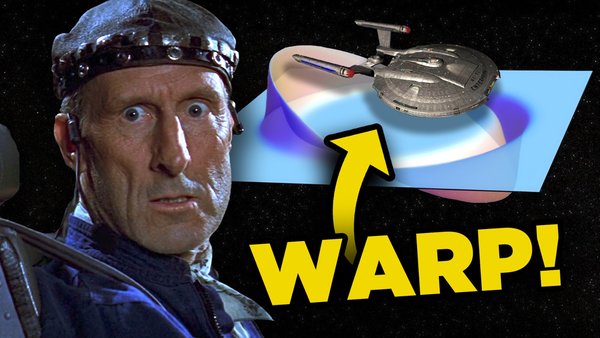10 Times Star Trek Predicted The Future
Whether by allusion or out and out time travel, Star Trek has a knack for calling it early.

Since 1966, Star Trek has been a depiction of the futuristic and the fantastic, often times showing the audience ideas that are entirely out of the realms of contemporary reality. As the years have progressed however, some of those ideas have stepped out of the bounds of science fiction and begun to enter the world of fact.
Inventions from Star Trek, such as Warp Speed and the Transporter, may remain in their infancy, yet there are other ideas that were on display in both early and mid-Star Trek that are now contemporary realities. Whether this is a positive or a negative thing is up for debate.
This article will take a deliberately neutral stance on the entries that follow.
Whether Star Trek has been a window into the future or potentially a template by which modern events and innovations have fashioned themselves after, what is clear is that in human history, the imagination of the human race has often reached forward, with depictions of that being put on-screen. Occasionally, this imagination has been even closer to reality than perhaps ever dreamed possible. Read ahead to see which of Star Trek's stories have come to pass.
10. Warp Speed

For now, most of this entry remains theoretical. Warp Drive has always been a staple of the Star Trek universe, with faster than light travel being seen as the standard for how humans will travel to other star systems in the show. While several theories on how warp drive works have been discussed in the various series, the human race has yet to achieve FTL travel.
However, that is not to say that there haven't been attempts.
In 1994, physicist Miguel Alcubierre theorised on a model of FTL travel that was modelled around the warp drive, though the energy requirements were well beyond human capabilities. Likewise in 2012, NASA researched Harold G. White proposed that by changing the shape of a warp core, thus lessening the mass of the object, FTL would be possible - although the energy requirements were akin to that of the known observable universe.
In 2010, the US Defence Intelligence Agency released studies revealing that they are working on several theories, while other researchers are saying that as a species, we may never achieve warp drive.
However, this was said about the sound barrier - and that was broken in 1947.
Relativisitic speeds are another option, though slightly less attractive. Slingshotting around a star has been used in Star Trek several times and the theory is sound. However, in a different format. Theoretically, if one were able to slingshot around the event horizon of a black hole, the relativistic speeds would mean that on board the craft, minutes or hours would pass, while hundreds of years may pass in normal time.
For now, we'll stick to trains.